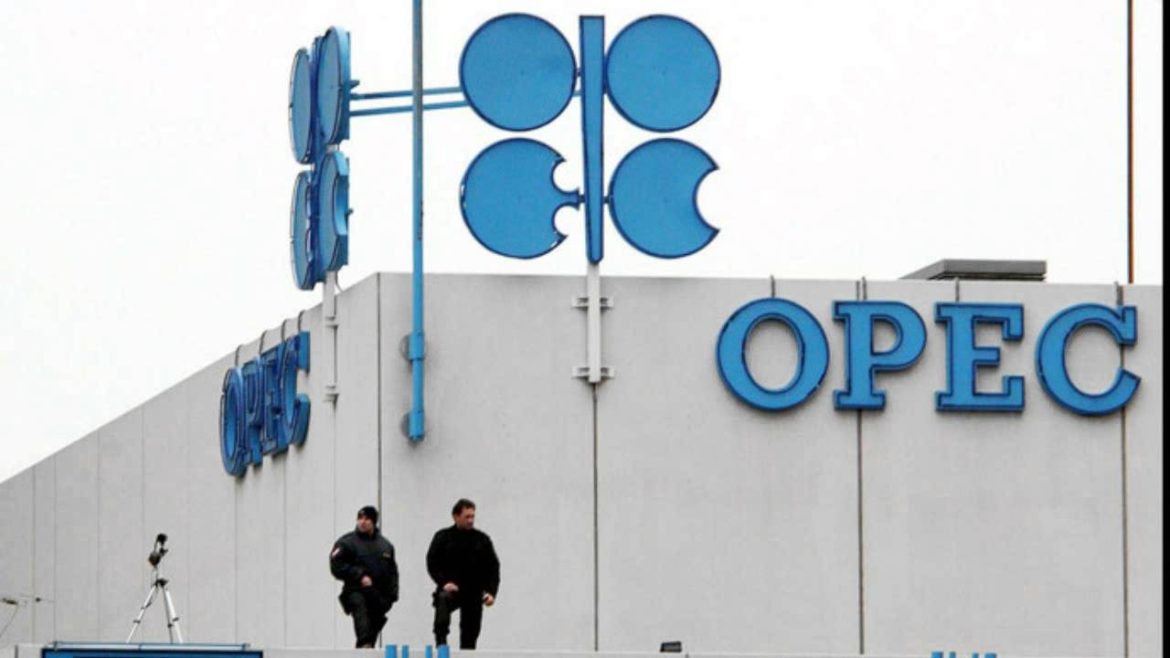Boeing is faced with fresh hurdles as it works on returning its flagship model, B737 MAX to the airspace, SAMSON ECHENIM reports.
Airliners are checking up on their Boeing 737 MAX and getting ready to return the worker aircraft to business after it was almost cleared from grounding by regulatory authorities following two fatal crashes within six months that killed everyone onboard.
This means that air travelers have some reasons to be apprehensive, but it doesn’t end there.
Boeing’s beleaguered 737 MAX aircraft received another blow on Thursday, as the Federal Aviation Administration (FAA) have discovered another major issue with the flight controls. Despite working on fixes for several months, it appears far more work is needed before the jet can return to service.
The aviation industry has been abuzz with the worrying news that Boeing have found another flaw in their 737 MAX jets. It appears that the procedure which Boeing have put in place to correct an inadvertent MCAS ‘nose down’ situation just doesn’t work, according to a report obtained from Simple Flying.
Now, Boeing is faced with needing to develop another software fix for the plane, which will clearly set them for much longer than anticipated. Not only that, but with the world media reporting yet another Boeing mistake, public trust in the plane maker has reached its lowest ebb yet.
Flight Global reports that the issue is related to the ‘runaway stabilizer’ procedure, which is what Boeing is calling it when the plane noses down in response to erroneous activation of the MCAS. MCAS, or Maneuvering Characteristics Augmentation System, is a flight control law implemented on the 737 MAX to improve aircraft handling characteristics and decrease pitch-up tendency at elevated angles of attack. This procedure is intended to help pilots regain control of the aircraft and take it out of the nose down position.
The MCAS is considered responsible for the disasters at Lion Air and Ethiopian Airways
Officials investigating the deadly crash of Ethiopian Airlines Flight 302 reported on April 4, 2019 that the plane suffered from “repetitive uncommanded nose-down” prior to crashing, in an apparent reference to the Boeing aircraft’s controversial automated flight control system. Officials also said that the plane had not been damaged by a foreign object, and stressed that the plane’s pilots followed the correct procedures, but could not prevent the 737 Max 8 from crashing.
“The preliminary report clearly showed that the Ethiopian Airlines Pilots who were commanding Flight ET 302/10 March have followed the Boeing recommended and FAA approved emergency procedures to handle the most difficult emergency situation created on the airplane,” reads a statement from Ethiopian Airlines.
“Despite their hard work and full compliance with the emergency procedures, it was very unfortunate that they could not recover the airplane from the persistence (of) nose diving.”
According to CBS, during flight tests in a simulator, FAA pilots found a problem with the trim functionality. In testing the simulator in a situation where the nose was being pushed down, pilots found that it took too long for the nose to be returned to the normal position, despite following all the correct procedures.
The BBC quoted a source as saying, “During simulator testing last week at Boeing, FAA test pilots discovered an issue that affected their ability to quickly and easily follow the required recovery procedures for runaway stabilizer trim (i.e., to stop stabilizers on the aircraft’s tail moving uncontrollably). The issue was traced to how data is being processed by the flight computer.”
As such, Boeing is being asked by the FAA to format another software update in order to fix this latest identified defect.
The FAA have demanded that this software issue is fixed before any airborne flight tests of the software updates are conducted. While it seems to come down to a ‘data processing issue’, the consequence of such a software glitch could have been deadly in real life.
The FAA released a statement regarding the situation on Twitter on Wednesday, June 26, 2019.
According to the statement, it will only lift the ban when planemaker deems it safe to do so, which could mean the MAX is grounded for much longer than anyone originally thought. As a result, Standard are reporting Southwest Airlines have extended their cancellation of the MAX through to October.
“Other operators will follow suit soon, although at this point, even October is looking somewhat optimistic,” the report stated.
We’re working on faulty software —Boeing
It seems Boeing are happy with the FAA’s decision, and agree that more work needs to be done. In a statement, the plane maker said, “The safety of our airplanes is Boeing’s highest priority. During the FAA’s review of the 737 MAX software update and recent simulator sessions, the Federal Aviation Administration (FAA) identified an additional requirement that it has asked the company to address through the software changes that the company has been developing for the past eight months.
“The FAA review and process for returning the 737 MAX to passenger service are designed to result in a thorough and comprehensive assessment. Boeing agrees with the FAA’s decision and request and is working on the required software.
“Addressing this condition will reduce pilot workload by accounting for a potential source of uncommanded stabilizer motion. Boeing will not offer the 737 MAX for certification by the FAA until we have satisfied all requirements for certification of the MAX and its safe return to service.”
Don’t compromise technical requirements, IATA tells regulators
Meanwhile, the International Air Transport Association (IATA) has called on state aviation safety regulators to continue to align on technical validation requirements and timelines for the safe re-entry into service of the Boeing 737 MAX aircraft.
The call came at the end of the second Boeing 737 MAX Summit organized by IATA.
Alexandre de Juniac, chief executive officer of IATA said, “The Boeing 737 MAX tragedies weigh heavily on an industry that holds safety as its top priority. We trust the Federal Aviation Administration, in its role as the certifying regulator, to ensure the aircraft’s safe return to service. And we respect the duty of regulators around the world to make independent decisions on FAA’s recommendations.”
“At the same time, aviation is a globally integrated system that relies on global standards, including mutual recognition, trust, and reciprocity among safety regulators. This harmonised structure has worked successfully for decades to help make air travel the safest form of long distance travel the world has known. Aviation cannot function efficiently without this coordinated effort, and restoring public confidence demands it,” said de Juniac.
IATA reiterated the need for alignment on additional training requirements for Boeing 737 MAX flight crew.
Airpeace not changing order for B737 MAX
Nigerian airliner, Airpeace which placed an order for 10 Boeing 737 MAX has maintained it is not changing the order.
“We are not saying we are cancelling, neither are we saying we are not cancelling because no airline that ordered for the aircraft had said it is cancelling. Everybody is waiting for the outcome of the investigation. What airlines that have the aircraft have done now is to ground them until the result of the investigation comes out,” said Allen Onyema, CEO of Airpeace.
The Airpeace initially planned to take delivery of the planes next month. With the 10 planes, the airline said it is venturing into international markets.
The aircraft according experts is a tireless worker that airlines which can afford it are happy to have in their fleet.
A relatively new model, the Boeing 737 MAX made its debut flight on January 29, 2016. Its series have been offered in four variants, typically offering 138 to 230 seats and a 3,215 to 3,825 nmi (5,954 to 7,084 km) range. The 737 MAX 7, MAX 8 (including the denser, 200–seat MAX 200), and MAX 9 are intended to replace the 737-700, -800, and -900 models, respectively.
South West Airlines is the biggest operator of B737 MAX with over half of the number built in its fleet.









